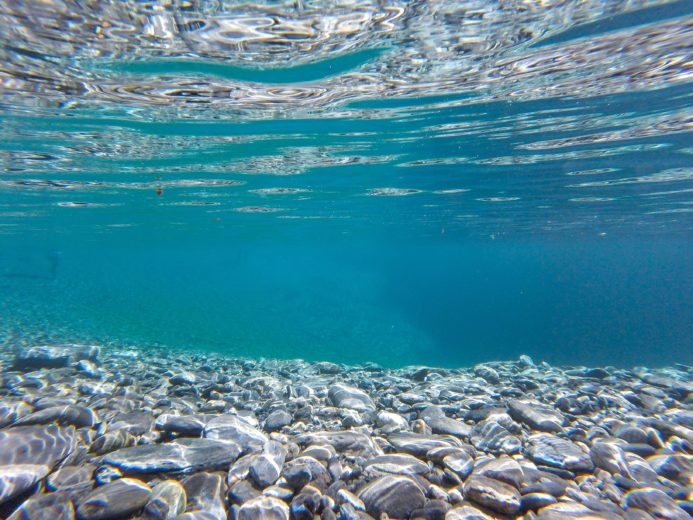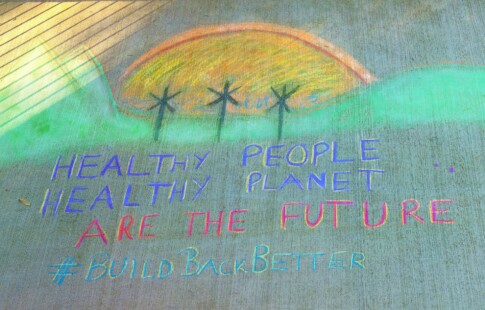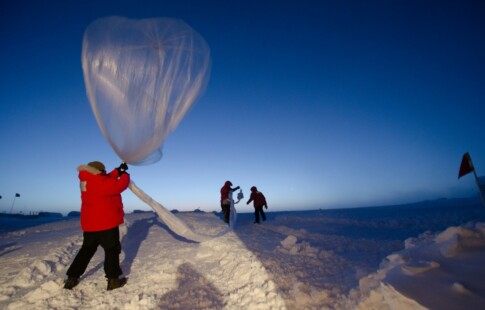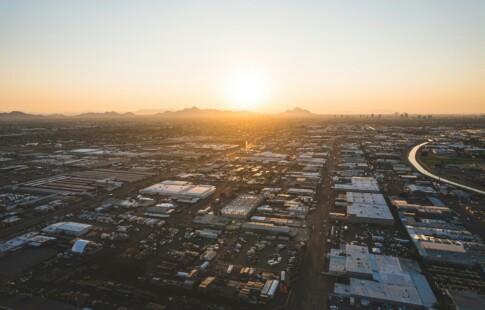
Deep Seafloor: The New Frontier
We are reader-supported. When you buy through links on our site, we may earn affiliate commission.
The oceans are an essential resource that the U.S. and other countries need to maintain and explore. Not everyone realizes it, but the world depends on the ocean. Awareness about the deep seafloor is usually in connection to stopping trash from ending up around the necks of sea turtles, in the guts of seagulls or from joining the Pacific Ocean’s garbage patch. It’s time to find out just why the world needs to explore its oceans more. And now is the time to take charge of the water and learn from it. We’ll then be able to predict weather patterns, animal migration or even the next catastrophic event, such as a hurricane or tsunami, with more accuracy than ever before.
It Starts With Mapping
Getting an accurate map of the deep seafloor is vital to understanding the power and life it holds. It’s common knowledge that people have only explored about five percent of the world’s waters, but why? Without the right technology, and accurate maps, scientists can’t learn more about the ocean anytime soon. So, what’s being done to create accurate, helpful maps of the seafloor? In June 2017, Seabed 2030 started the first effort to create a single, comprehensive map of the ocean floor. That’s 140 million square miles, for anyone who’s counting. As the name suggests, the project won’t finish until at least 2030. The biggest issue when mapping the ocean floor is salt water. Modern technology has a hard time reaching through the water to the depths of the sea, which is why we know more about the surface of other planets than Earth’s five oceans.
It Continues With Gravity
While projects like Seabed 2030 are happening, others are mapping the ocean from a different perspective. Using Earth’s magnetic field, an international scientific team created a topographic map using gravity. This new map will aid people that sail shipping cargo into or out of the U.S. by preventing accidents where boats run into an undetected shallow seabed, also known as ship grounding. This effort strengthens the American economy and infrastructure because the global trade market is key to the country’s operations. Other maps can also base their starting point on the now-known topographical one, which makes the mapping process even faster for other scientists.
It Concludes With Science
The more scientists learn about oceans, the more the world benefits from their findings. Researchers can use maps to chart exploratory trips to find out more about sea life, but they can also harvest natural minerals like copper, nickel and cobalt. These untapped mines could contain more than what exists on land, expanding the lifetime of the mineral marketplace and potentially reducing inflated prices. Investments into ocean mapping by countries, like the U.S., would give those who reach the resources first a boost to their global market and economy.
Mining marine resources could also create more jobs as facilities and techniques are developed to bring the minerals back to land. Understanding what’s beneath the ocean floor would also expand the science community’s understanding of fish migrations. Plus the shape of the seafloor impacts when and where tsunamis will happen. Understanding this could lead to more accurate weather warnings. Creating a map of the entire ocean floor is the new space-race for scientists and countries worldwide. Researchers want to know what’s underneath the boats and ships cruising across the water, and will soon find out what’s at the bottom of the newest frontier. It’ll just take time, dedication and a lot of science.
Share on
Like what you read? Join other Environment.co readers!
Get the latest updates on our planet by subscribing to the Environment.co newsletter!
About the author
Jane Marsh
Starting from an early age, Jane Marsh loved all animals and became a budding environmentalist. Now, Jane works as the Editor-in-Chief of Environment.co where she covers topics related to climate policy, renewable energy, the food industry, and more.





